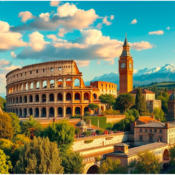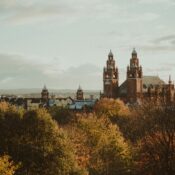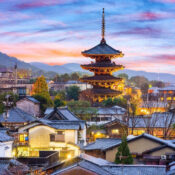15 Best Amazing Places To Explore in Nepal
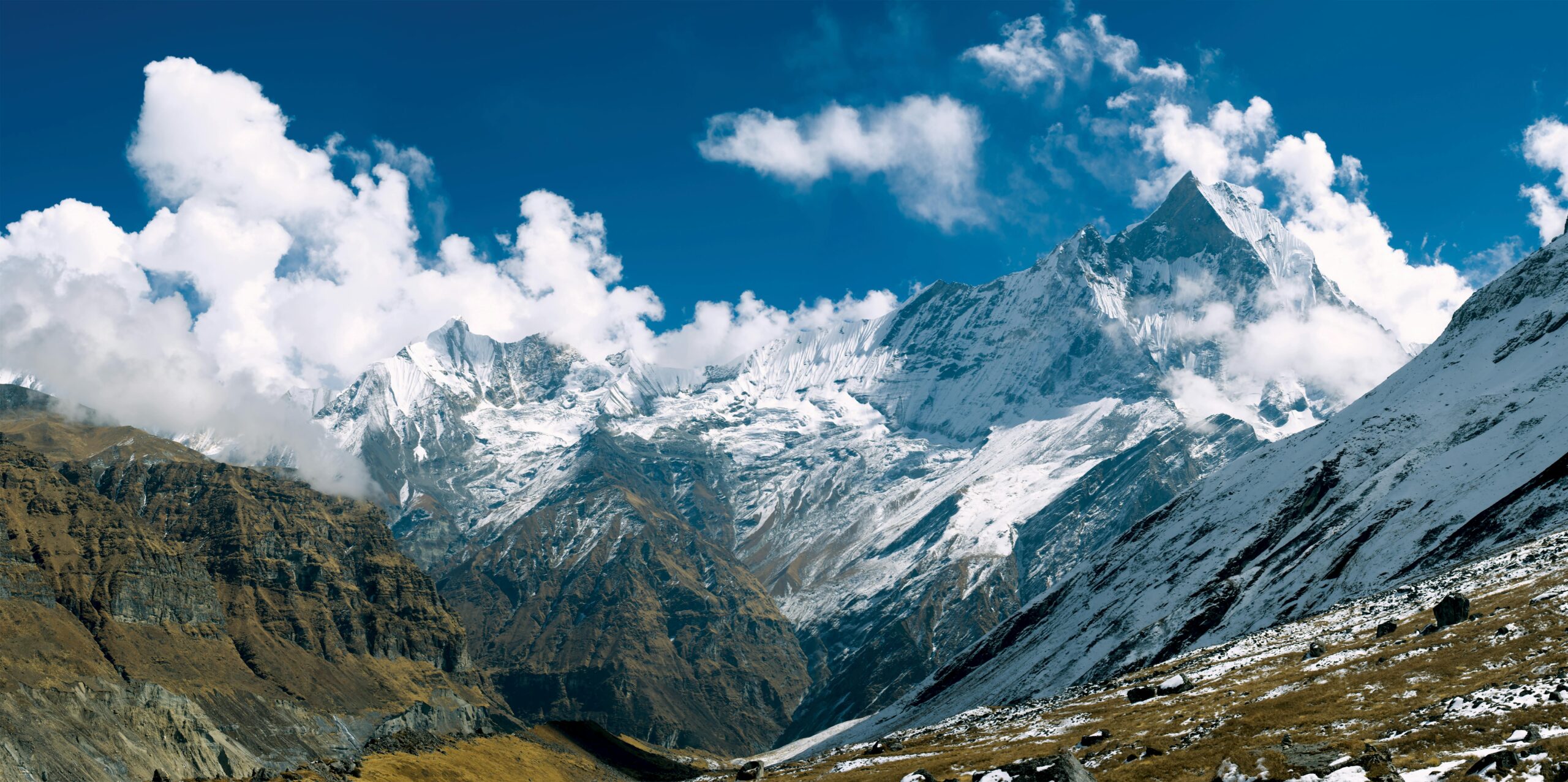
15 Best Amazing Places To Explore in Nepal
Surprisingly diverse, Nepal is a popular travel destination for a variety of reasons. Some come seeking a spiritual awakening, others are drawn to the culture and the well-known city of Kathmandu, and yet others are drawn by the mountains’ appeal to climb or trek in the Himalayas. Nepal has the potential to be an exhilarating journey, a window into another culture, a transformative experience, or all the above.
Most visitors visit holy and historical sites in Kathmandu for a short while before departing for other regions of the nation. The lakeside resort of Pokhara, which is a well-liked destination for trekking, and Chitwan National Park and Bardiya National Park are some of the best destinations to explore outside of the city.
Restoration work is still ongoing after a significant earthquake struck Nepal in 2015, severely damaging Kathmandu and surrounding areas. Due to the slow pace of change and uneven development in Nepal, some places have seen significant growth while others have seen little. Nevertheless, most of the damage to the main attractions has been restored, even though some priceless historical artifacts were lost forever.
Look through our list of Nepal’s top attractions to discover the best locations to visit.
Best Places to Visit in Nepal
Below are the best places to visit:
1. Kathmandu:
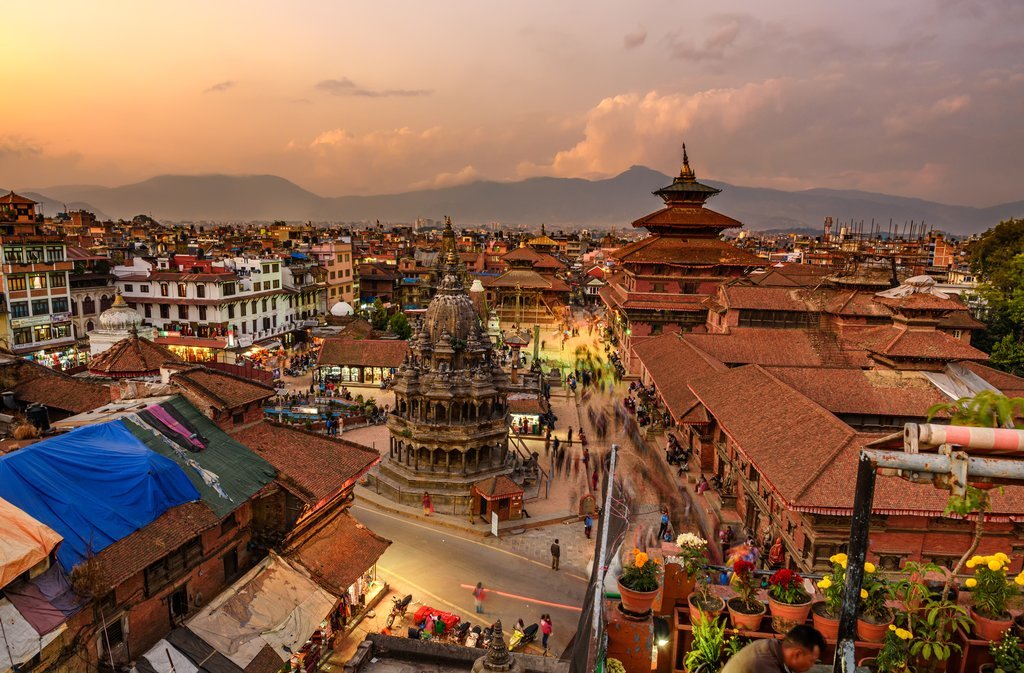
The largest and capital city of Nepal, Kathmandu, is unlike any other city in the world. The vibrant ambiance that fills the streets contrasts sharply with the dilapidated structures located in the city’s center. Amidst the backdrop of ancient temples and intricately carved statues, the aroma of incense fills the air from shops as street vendors tout their wares and people go about their everyday activities.
Along with Bhaktapur and Patan, Kathmandu was one of the three competing royal towns for several hundred years. These three used to almost run together since they were so close to one another.
For an extended period, Durbar Square—the biggest of the three royal cities’ palace squares and a UNESCO World Heritage Site—has been the focal point of Kathmandu. Here you will find temples and monuments of all sizes, forms, and religious beliefs.
Even though the 2015 earthquake badly wrecked Durbar Square in Kathmandu, leaving many structures irreparably ruined, it is still a unique location to explore.
2. Bhaktapur, Nepal:
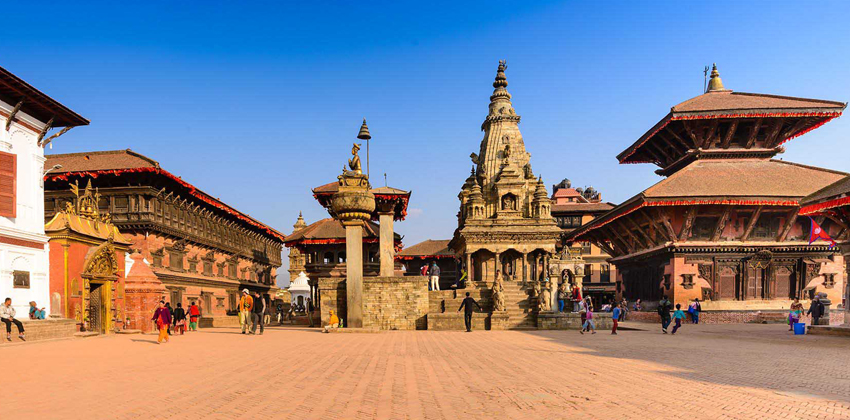
The third of the “Royal Cities,” Bhaktapur, is located outside of Kathmandu on the ancient trade route to Tibet. The commerce route served both a vital link and a significant source of income for Bhaktapur. Due to its relative isolation at the period, the city was able to grow separately and in ways that set it apart from the other two cities.
Most people in Bhaktapur are Hindu, in contrast to Patan and Kathmandu. Durbar Square, where the royal palace and various temples are located, is the ideal starting point for a tour of the city. One of UNESCO’s World Heritage Sites is the entire region.
The main temples of Bhaktapur are almost completely restored, while the 2015 earthquake severely damaged many of the buildings in Durbar Square. Some of the complex’s buildings, nevertheless, are still in ruins. 2019 saw the end of the UNESCO-funded restoration project, and the organization was forced to leave because of threats against its staff. The Department of Archaeology in Nepal has been given control of the project. Reconstruction is still underway, but very slowly.
3. Bodhnath Stupa (Boudhanath):
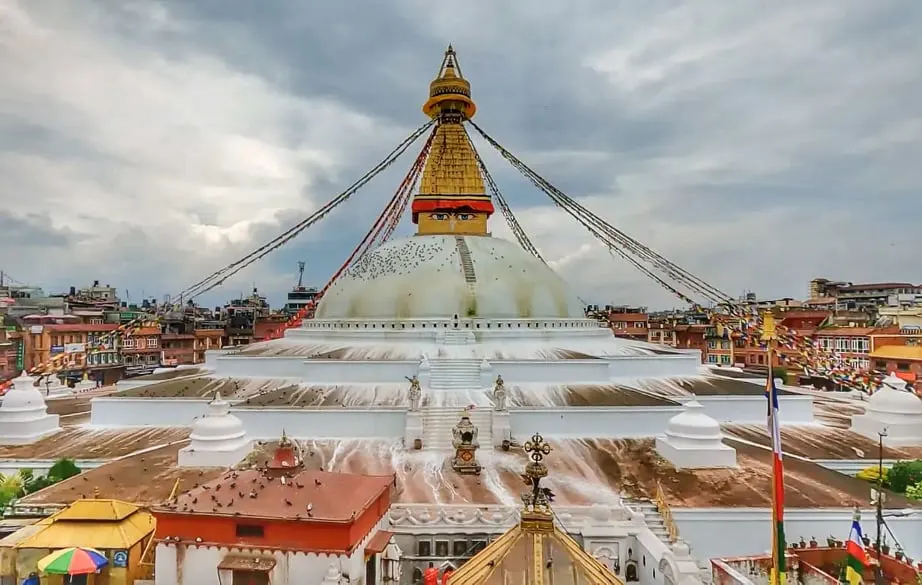
One of the biggest stupas in the world, the Bodhanath Stupa is located outside of Kathmandu and is said to have been built sometime in the sixth or even earlier century. It is a UNESCO World Heritage Site, and, like Bhaktapur, it is situated on the ancient trade route to Tibet.
Though the stupa itself is a symbol of enlightenment, the significance is especially evident at Boudhanath. The characteristics of the five Buddhas are also represented by the five elements: earth, water, fire, air, and sphere, which are symbolized by the various shapes. Consolidated into the stupa, their unity serves as an abstract representation of the universe’s structure.
The 2015 earthquake caused only little damage to the stupa, which has now been completely restored.
4. Pokhara, Nepal:

One of Nepal’s most picturesque cities, Pokhara is situated at the foot of the foothills and encircled by some of the world’s highest mountains, including Dhaulagiri, Manaslu, and Annapurna I. Pokhara is the starting point for hikes to Jomsom and the Annapurna region and the entry point to the Himalayas for hikers. It’s also a great place to unwind for a little while, either before or after going on a hike.
Even though it is Nepal’s second-largest city by population after Kathmandu, it does not feel particularly enormous. You’ll almost immediately notice the considerably cleaner air and pleasant atmosphere as you travel 200 kilometers east from Kathmandu. For those seeking some downtime, Lake Phewa is the perfect place, offering a plethora of lakefront lodging options, eateries, and retail establishments.
Also Read: Best Places to Explore in Asia
5. Annapurna Trekking:
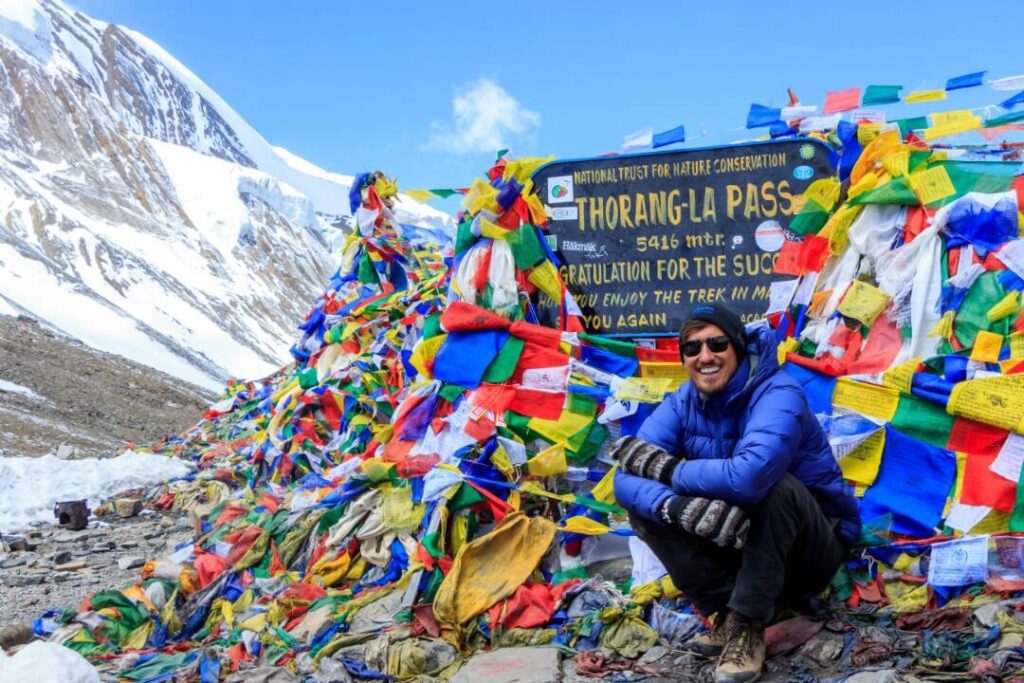
One of the most well-liked trekking destinations in Nepal is the Annapurna Region, offering trips lasting anywhere from a few days to a few weeks. In the Annapurna Region, there are three primary routes that intersect and merge at various points. You have the option to follow all or part of these routes. The paths are easy to follow and clearly marked.
For those with sufficient time, the Annapurna Circuit, which circles Annapurna Mountain, is much sought-after. It takes approximately 21 days to finish. Some refer to this road as the “Apple Pie Circuit,” citing the fact that most teahouses along the way serve fried apple pie in one form or another.
Poon Hill (3,210 meters) in Ghorepani is a popular hiking destination in this region. and is typically included in hiking packages together with the Annapurna Circuit. In order to witness sunrise and a breathtaking vista of Dhaulagiri, Annapurna South, Machapuchare, and Singa Chuli, most hikers attempt to arrive atop Poon Hill early.
It takes five days to get to the Annapurna Sanctuary, which is tucked between the peaks of Annapurna. Although Muktinath was once a stop en route to Annapurna, it is now a destination unto itself. The seven-day Muktinath route passes across the Kali Gandaki Valley on Annapurna’s eastern flank. Mustang is a tiny area to the north of Muktinath that first allowed visitors in 1992. This region has an intriguing culture all its own.
The Annapurna Region, to the north of Pokhara, is a great place to go hiking in many ways. The subtropical vegetation of the Pokhara Valley and the arid rain shadow region. which have characteristics of the Tibetan plateau, highlight the stark contrasts that exist across the Nepalese countryside. The features of the faces, the cuisine, the homes, the lives, the customs, and the religions of the people and civilizations also differ greatly.
In 1986, the Annapurna region was designated as a protected area. Above all, it has a strong infrastructure to accommodate the large number of hikers that pass through this region. There’s plenty of food and housing, and the paths are kept up nicely.
6. Chitwan National Park:
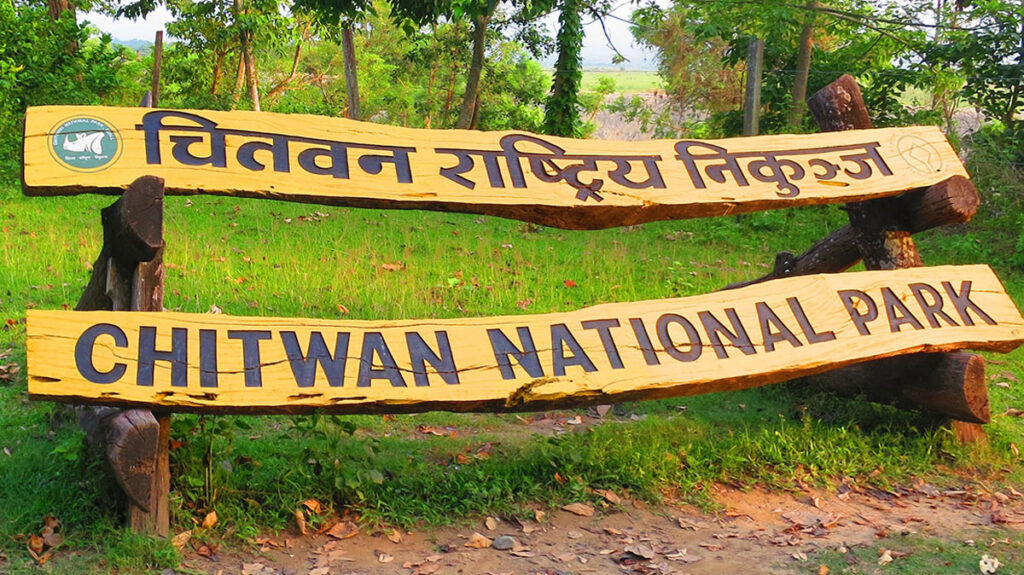
To discover a distinct aspect of Nepal, visit Chitwan National Park. There’s a safari feel to this place, which makes it an excellent place to see wildlife. Relatively low to Kathmandu at 1,400 meters, at barely 100 meters above sea level in some places. Chitwan enjoys a tropical monsoon environment, very dissimilar from that of Nepal.
There is fauna here that draws tourists. Along with many other animals, the park is home to rhinos, sloth bears, Bengal tigers, leopards, gaurs (buffalo), and deer. Although they are rarely spotted, crocodiles and freshwater dolphins (gangetic) live in the rivers and streams. With almost 500 different bird species, Chitwan is an ornithologist’s dream come true. Tours departing from the resorts take you into the park. where you may see the creatures up close either on foot or—more frequently—on elephants.
Chitwan is on the UNESCO list of world cultural heritage sites and is located near to the Indian border, southwest of Kathmandu.
October through February is the ideal time of year to travel to Chitwan. Even though the mornings can be rather chilly, average temperatures are generally high—around 25 degrees Celsius (77 degrees Fahrenheit) with significant humidity. The monsoon season, which lasts from June to September, brings heavy and regular rain.
7. Langtang Region Trekking:
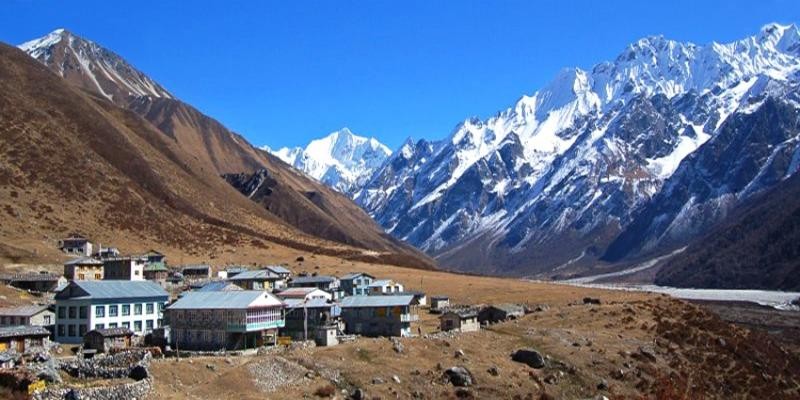
There are many trekking opportunities in the Langtang Region, which is home to Langtang National Park. There are high passes, expansive views, ancient monasteries, and stunning mountain landscapes. During the spring hiking season, rhododendron forests blossom, bringing color to the surrounding panoramas.
Despite being near to Kathmandu, the Sherpa-inhabited region is less developed than some of the other well-known trekking destinations in Nepal and has less hikers on the trails. Along the path are villages offering meals and guesthouses; however, they are a little more dispersed than in other trekking regions.
In seven to eight hours, a jeep from Kathmandu may easily reach this place. On a clear day, Kathmandu can see the peak of Langtang Lirung (7,245 meters), which dominates the area of the same name.
Depending on the itinerary, trekking trips in Langtang might last anywhere from a few days to several weeks. For a lengthier hike, some hikers combine the Helambu and Langtang.
8. Monkey Temple,Nepal:
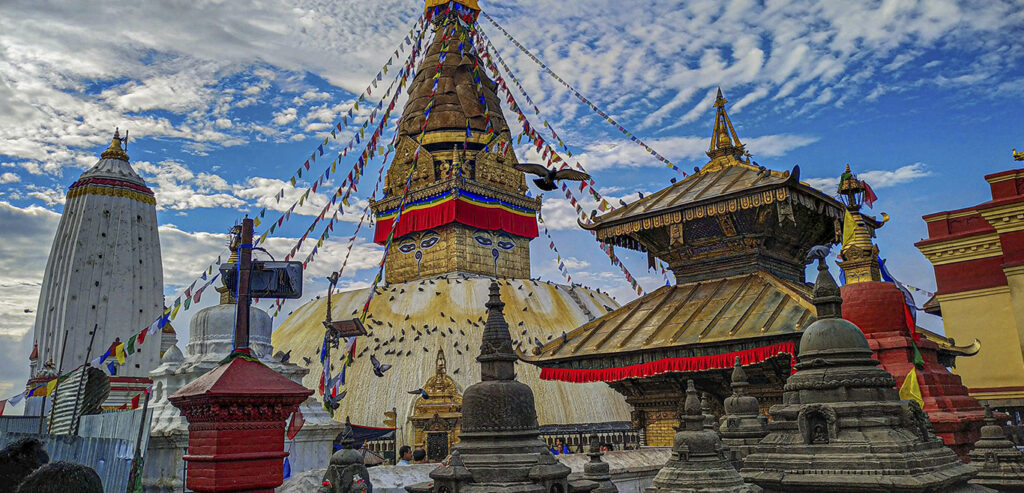
Swayambhunath, located on a hilltop west of Kathmandu, is the second-most significant shrine in the Kathmandu Valley, right behind Boudhanath. The temple more lovingly referred to as the Monkey Temple because of the local monkeys who live in some portions of it.
The focal point of the temple complex is the Swayambhu Stupa, which painted with the eyes of the all-pervading god. The temple complex built in the fifth century, but the location originally a prehistoric cult. The Vajrayana Buddhists of Northern Nepal and Tibet. but particularly the Newari Buddhists of the Kathmandu Valley, place a great deal of importance on Swayambhu.
The Swayambhunath temple complex sustained some damage during the 2015 earthquake. But renovations have already finished, returning the temple to its pre-quake state.
9. Mount Everest:
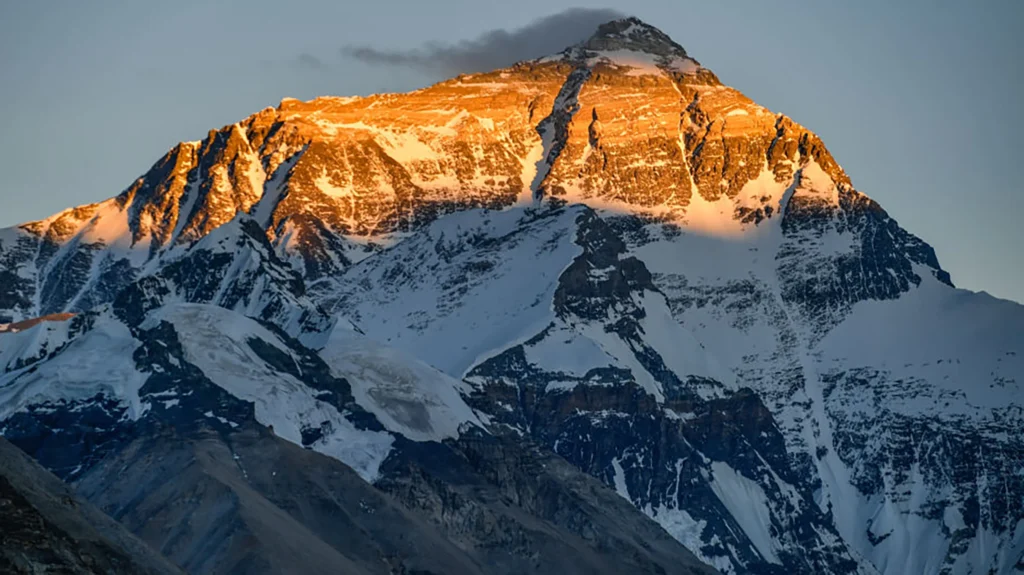
The highest peak on Earth, Mount Everest, rises to a height of 8,848 meters (29,028 feet) at its top. Following the now-famous first ascent of the summit in 1953 by Edmund Hillary of New Zealand and the Sherpa Tensing Norgay, trekking in the Mount Everest region gained popularity.
Since then, a great number of people have climbed the mountain, but a much greater number travel to Everest Base Camp merely to catch a glimpse of the peak located high above. The mountain has saw its fair share of tragedy and drama in recent years. The quakes of 2015, earlier avalanches, disagreements between mountain climbers, and other events have affected the trekking and climbing of Everest.
Though the Everest Region isn’t usually thought of as the most picturesque trekking area in the nation. climbers and trekkers alike find the mountain to be a captivating location. Numerous paths lead to base camp, and there are multiple ways to plan a trip.
Numerous trekking firms provide guided hikes, either through their Nepali or Western-based affiliates. Although it is theoretically mandatory for all trekkers to have a guide, it is also possible to hire a private guide or porter and do it yourself. The two primary hiking seasons are from March to May in the spring and from September to December in the fall.
If you’re not interested in trekking to the summit of Mount Everest. but still want to see the peak, you may see it from the hill town of Nagarkot, which close to Kathmandu, on clear days. When Everest is visible in the morning on clear mornings, hotel workers will knock on guests’ doors. This may be the best opportunity for the leisurely visitor to see the highest mountain in the world.
10. Bardiya National Park,Nepal:
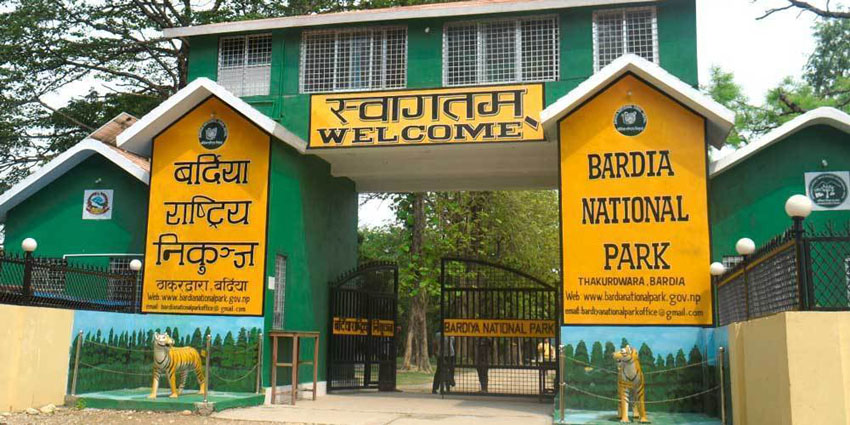
The fact that Nepal contains large lowland regions with Bengal tigers, rhinoceros, crocodiles, and elephants roaming around surprises a lot of people. Bardiya National Park, sometimes known as Bardia National Park, is one of the best places to witness these species in their natural habitat. The park is a popular destination for birdwatching in addition to its enormous animal population, with over 400 species either residing there permanently or passing through.
Secluded and isolated in northwest Nepal, close to the Indian border, this region renowned for its vast grasslands, river basins, and tropical forests dominated by Sal trees. Royalty from Nepal used to the only people allowed to hunt in certain areas of the national park. It increased throughout time and presently occupies 968 square kilometers.
11. Pashupatinath Temple,Nepal:
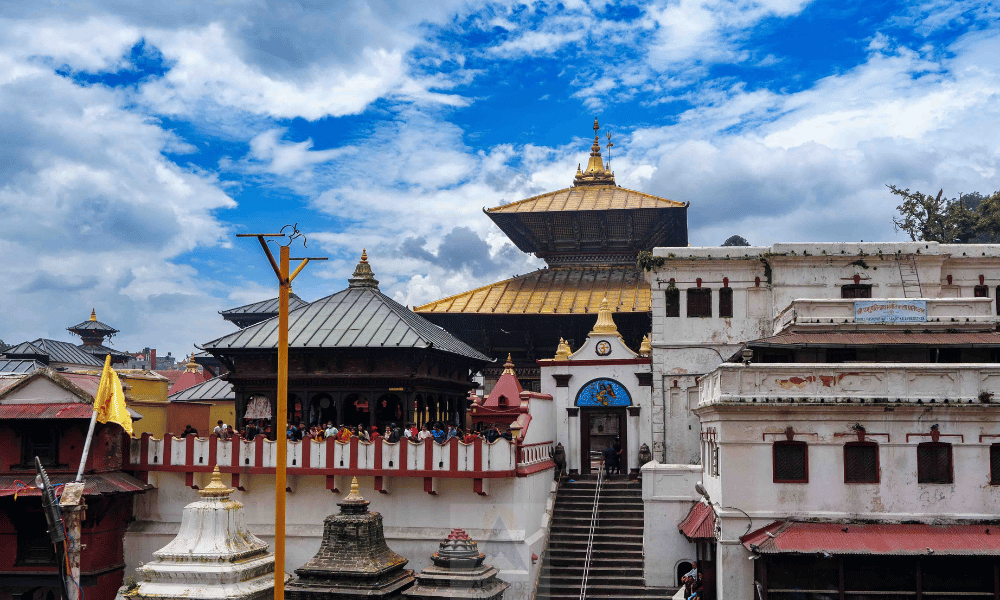
The Pashupatinath Temple, which regarded as one of the holiest in Nepal. the oldest temple in Kathmandu, have built at the turn of the 17th century. The temple, which situated along the Bagmati River in western Kathmandu, is well-known for its exquisite building in the pagoda style, which covered in copper and gold.
One of Shiva’s incarnations, Pashupati, is the subject of the temple. The western gate the only one open out of the three. and entry restricted to South Asian practicing Hindus. Across the river is a good non-Hindu sight of the complex. A word of warning: although the monkeys that congregate in this location can seem adorable. they typically violent and should be handled carefully.
12. International Mountain Museum:
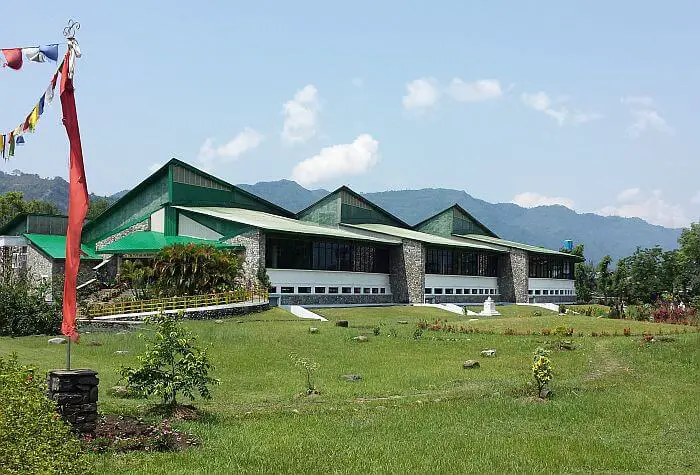
Before setting out on a trek, it is imperative to visit the International Mountain Museum, which situated in the picturesque mountain town of Pokhara. With its bright and open interior, this striking new facility has all the information you could ever desire about Nepal’s mountains and the people who live there.
The museum divided into three main galleries, the first of which is called the Mountain People Gallery. Here, you may discover more about the indigenous people of Nepal and the Khumbu region through exhibits and a video.
The second gallery focuses on the mountains themselves, offering detailed information on 14 peaks rising beyond 8,000 meters in addition to a synopsis of the underlying geology.
The final gallery explores the mythology surrounding the reclusive Yeti and offers insight into the equipment utilized in mountain climbing. Apart from the galleries, there’s a Lakhang room for introspection.
There’s a tall triangle climbing wall outside, as well as a lower one for those with less inclination if you’re seeking for other nearby activities.
13. Lumbini,Nepal:
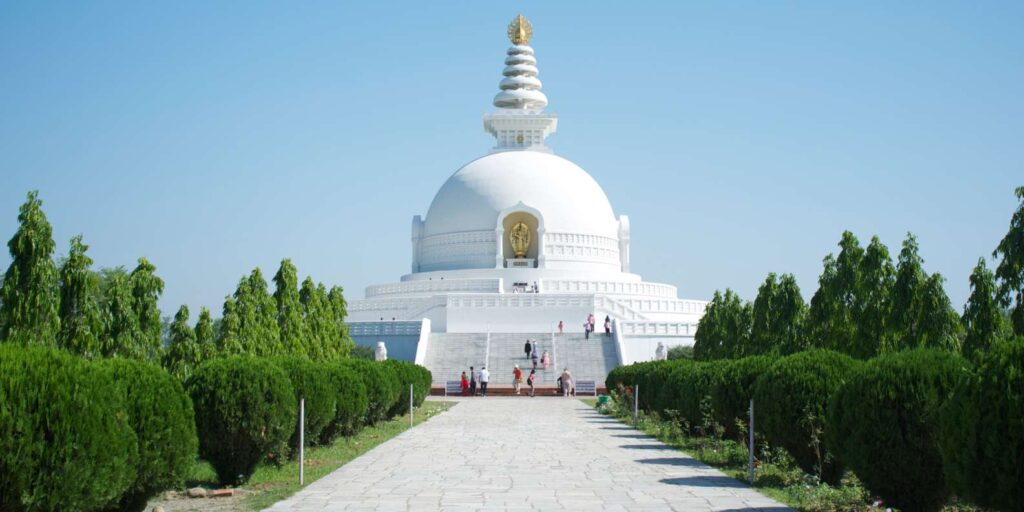
The historical Buddha, also known as Buddha Shakyamuni, Siddhartha Gautama, was born in Lumbini, which is well-known for this fact. Almost 250 kilometers from Kathmandu and off the main tourist route, Lumbini is a wonderful side trip for anyone traveling from Pokhara to the Chitwan National Park.
There is a sense of peace in this pilgrimage town, which recognized as a UNESCO World Heritage Site. Many guests are pilgrims who practice Buddhism from all over the world, following in Buddha’s footsteps as they visit each of his life’s stations. The birthplace of the Buddha thought to be the Maya Devi Temple, which honors the mother of the Buddha. It has a historic stone relief that dates to the second century AD and shows the birth of Buddha.
14. Helambu Trek:
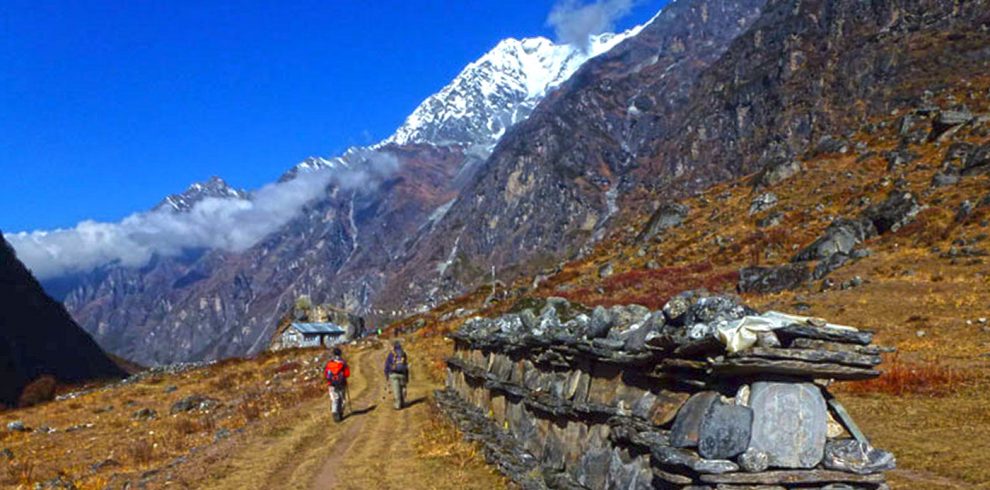
Trekking is very popular in the Helambu region, especially with trekking businesses that offer guided excursions. This is mostly because it doesn’t go to very high altitudes, is near Kathmandu, and has some stunning mountain vistas.
Tour companies frequently advertise it as being simple for many of the same reasons. Nevertheless, a lot of hikers that visit here on tours discover that it’s harder and more strenuous than they expected and that they misled into believing.
Even though it is not as high as other climbs, trekking in the Himalayas is always physically taxing, therefore participants should be in good physical shape. Considering this, this is a lovely trip that is well worth the effort, featuring breathtaking rhododendron trees that bloom in March and April.
The Sherpas live in the Helambu region, which is in the upper Malechmi Khola valley. Starting in Kathmandu, the Helambu Trek takes five to eight days to complete. The normal seven-day schedule is circular, walking back the same portion from the first day to the finish. It is remarkable how abruptly the distinctive cultures of the lower and upper lying regions differ from one another. Lodges and guest houses in villages provide lodging.
15. White Water Rafting:

Nepal is a great destination for white water rafting because of its majestic mountains and swiftly flowing rivers. Depending on how much time you want to spend on the river, there are many possibilities.
For those seeking a quick experience, the Trisuli Rafting Day Trip from Kathmandu is a simple excursion. This rafting trip is available all year round, in contrast to many others that are seasonal. You have two options after your rafting day: return to Kathmandu or continue on to Chitwan or Pokhara.
The Bhote Kosi River one of the most well-liked destinations if you want to spend more time on the water and drawn to more challenging rapids.
Trips for Bhote Koshi River Rafting are strenuous and last for two days. Not long after the put in, you’ll be sailing through class IV and V rapids and into the white water. The 25-kilometer journey involves a night spent sleeping by the riverbank. Included are meals.
There are further multiday journeys on the Tamur, Karnali, Arun, and Bheri rivers to contemplate.
For more information,click here.
Visit our official website Travel India Info to plan your upcoming trips or mail us at info@travelindiainfo.com. We wil be happy to assist you. Happy Travelling!!
Recent Posts
Europe Travel Guide: Best Places to Visit & Explore
15 Best Amazing Places to Explore in Scotland
9 Best Amazing Day Trip To Explore from Kyoto


